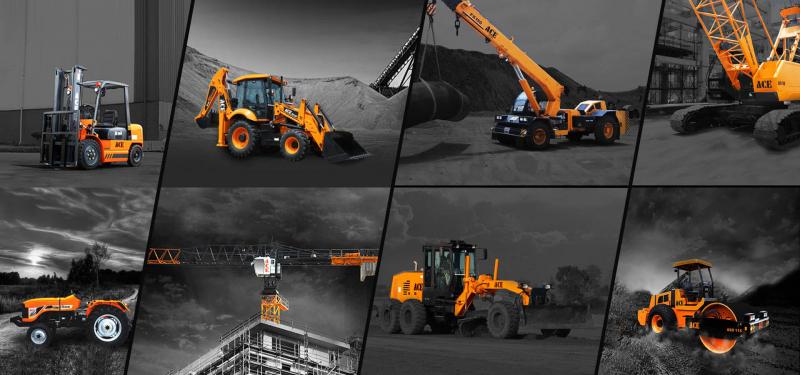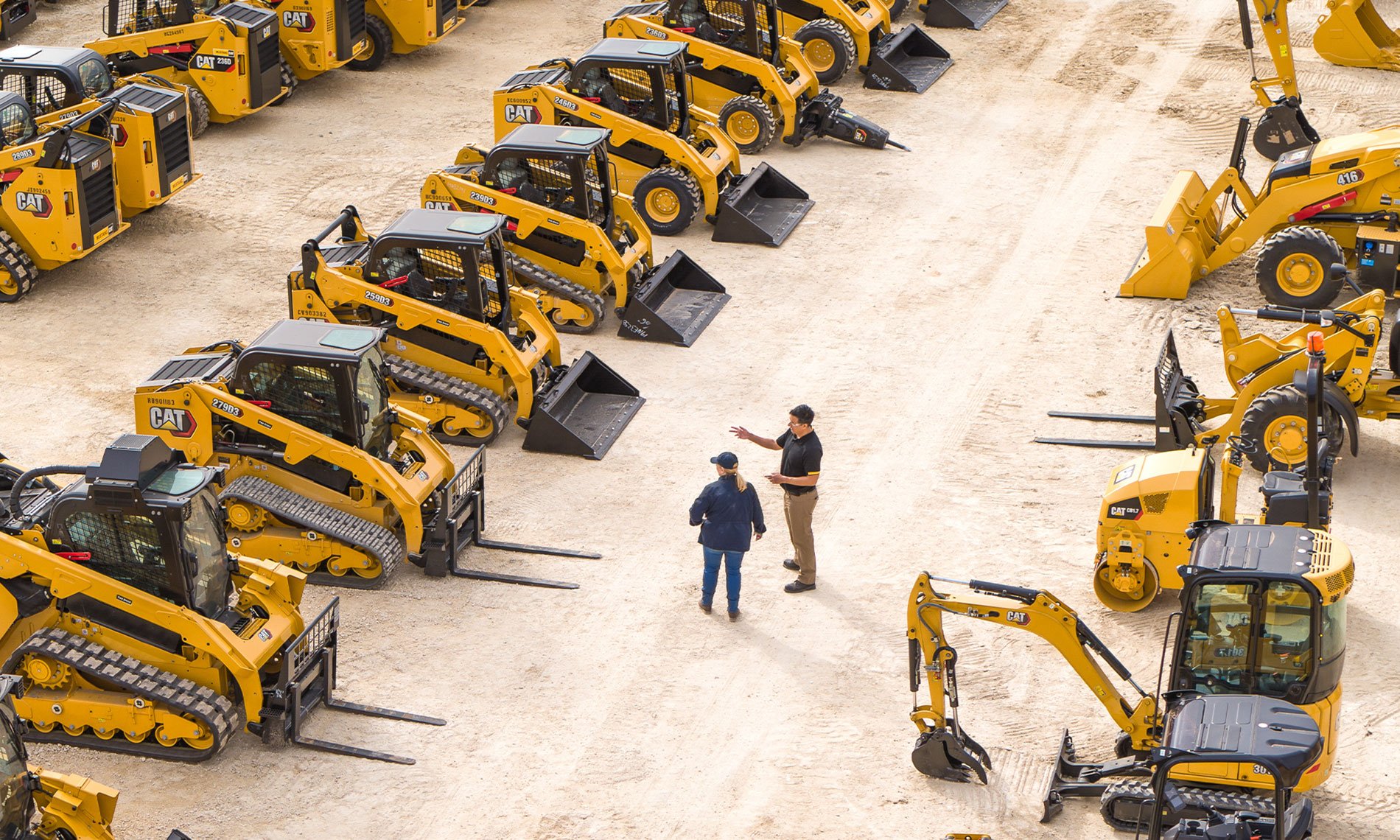Rental Company Near Me: Neighborhood Solutions for Equipment Rentals
Rental Company Near Me: Neighborhood Solutions for Equipment Rentals
Blog Article
Optimize Your Budget Plan by Understanding the Expenses Related To Building Equipment Services
Comprehending the full range of expenses associated with building and construction devices rentals is essential for optimizing your budget plan. While the initial rental cost may appear simple, many extra expenses-- such as transport, fuel additional charges, and maintenance-- can quickly gather, influencing your financial planning. Additionally, knowing various fees and the intricacies of rental arrangements can help stay clear of unexpected financial problems. What strategies can be used to efficiently handle these prices and guarantee an extra efficient rental experience?
Overview of Rental Prices
When thinking about building and construction devices services, recognizing the connected prices is critical for reliable budgeting and project preparation. Rental prices can vary dramatically based on numerous elements, consisting of equipment type, period of rental, and place. The initial rental fee often shows the tools's market demand and its linked operational capacities, influencing the general expenditure.
In addition to the base rental price, secondary expenses may arise, such as transport fees, fuel additional charges, and maintenance fees. It is necessary to represent these added expenditures to accurately examine the total expense of renting out equipment. Additionally, the rental duration can affect rates; longer services may receive reduced prices, while temporary leasings may sustain greater day-to-day charges.

Break Down of Rental Prices
A thorough understanding of rental prices is crucial for service providers and task managers intending to maximize their budget plans. Rental rates for building equipment typically are composed of several elements, including base rates, time-based costs, and usage charges.
Base rates are the core costs related to the leasing of the equipment, frequently established by the kind and size of the machinery. These prices can vary significantly, influenced by factors such as tools demand, schedule, and local market trends. Time-based costs, which may be daily, weekly, or monthly, offer to fit different job timelines and rental durations.
In addition, rental prices might consist of usage costs, which apply when equipment is utilized beyond a specified threshold, making certain that the rental business can account for deterioration. Seasonal demand variations can also influence rental rates, with peak building and construction seasons usually regulating higher rates.
Moreover, recognizing the rental company's plans concerning upkeep and insurance can give further understanding into the general price structure. By examining these components, service providers can make informed choices, guaranteeing the option of rental equipment aligns with both project demands and spending plan restraints.
Additional Costs to Think About
Recognizing the details of extra fees is vital for service providers to manage their general leasing costs effectively. Beyond the common rental prices, numerous additional charges can considerably affect the total cost of devices leasing. These charges typically include shipment and pickup charges, which can vary based on range and logistics entailed in transporting the equipment to and from the work site.
Additionally, some rental business may enforce fuel surcharges if the equipment is returned with much less gas than when rented. It is additionally important to understand potential cleaning fees, particularly for specific tools that requires complete upkeep after usage.

Thoroughly assessing the rental agreement and clarifying these extra costs in advance can help contractors ensure and stay clear of unexpected costs that budget plans continue to be intact throughout the project lifecycle.
Repair And Maintenance Expenditures
Regular maintenance and repair service expenses are usually forgotten factors that can significantly influence the overall cost of building and construction devices services. When leasing tools, it is essential to think about not only the rental charges yet likewise the possible costs related to maintaining the machinery in ideal operating problem.
Lots of rental business include basic maintenance as part of the rental contract; nonetheless, more comprehensive Read Full Report repair services or unanticipated malfunctions can cause extra expenses. It's vital to evaluate the rental agreement carefully to understand what upkeep solutions are covered and what obligations drop on the tenant.
In addition, equipment that is not well-kept can bring about inefficiencies on the task site, possibly raising and triggering delays project costs. To alleviate these threats, it is suggested to carry out routine inspections and keep open interaction with the rental provider regarding any type of issues that develop navigate here throughout use.
Insurance Policy and Obligation Prices
Insurance coverage and responsibility expenses are crucial elements that can dramatically influence the general cost of building and construction equipment rentals (aerial lift rental). These expenses ensure that both the rental business and the client are shielded from potential monetary losses emerging from accidents, damages, or burglary throughout the rental duration

In addition, clients should be aware of any kind of deductibles or exclusions in the insurance coverage, as these can influence prospective out-of-pocket expenses. Understanding the terms of any kind of insurance policy coverage is essential to stay clear of unforeseen you can check here expenses. Eventually, budgeting for insurance and responsibility expenditures can assist ensure a smoother rental experience and protect versus financial threats related to construction tasks.
Conclusion
In final thought, a detailed understanding of the expenses associated with building devices services is essential for reliable budget management. Ultimately, educated decision-making pertaining to devices services adds to the total success of construction endeavors.
Rental prices can differ considerably based on several factors, consisting of devices type, duration of service, and place (aerial lift rental). The rental duration can affect pricing; longer leasings may certify for reduced prices, while short-term rentals might sustain greater day-to-day charges
By conducting thorough research and involving with trustworthy rental firms, contractors can effectively navigate the complexities of rental pricing, inevitably optimizing their financial resources.
Past the standard rental rates, numerous auxiliary fees can considerably impact the overall cost of devices leasing. Rental business often offer obligation insurance coverage that covers injuries to third events or damages to residential or commercial property, while devices damages insurance coverage can cover the expense of fixings or replacement if the leased tools is harmed.
Report this page